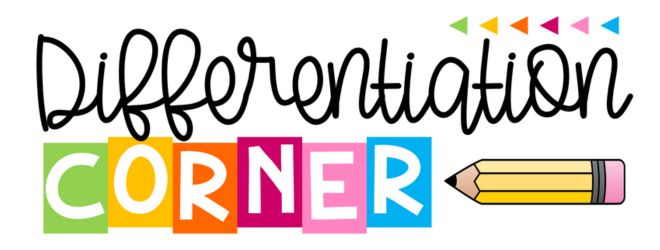Why are ending ng words and nk words so hard for kids? These complex phonics patterns are hard to hear so they can be difficult for our students to read and spell. With a little explicit instruction and some research based methods, your students will be reading and spelling ng nk words like champs!
What are glued sounds?
Before diving into teaching strategies, it’s important to have a solid understanding of what glued sounds are when talking about ng nk words. Glued sounds or welded sounds are groups of letters that are pronounced together but still having their own individual sounds. These sounds “stick” together. Vowel sounds are usually distorted in glued sounds.

NG NK words are found at the end of a word or the end of a syllable. Since the N is a nasal letter without a stop, it kind of “runs in to” the following consonant. This makes it really difficult for students to hear the individual sounds. That’s why its so important to explicitly teach NG and NK words.
NK NG Word List
Having a list of NG and NK words can save you time when planning for small groups. Easily select words appropriate for students’ proficiency levels for differentiation at your fingertips! Click the picture if you need glued sounds NG and NK activities for your students!
Word Sorts for Teaching NG NK Words
Word sorts are an effective way to teach students words ending with ng and nk. Word sorts promote active engagement, critical thinking, and pattern recognition. Students learn to analyze and categorize these words based on their shared phonetic patterns.

Through this hands on approach students are able to identify subtle differences in ng nk words.
After sorting a set of words, students can read their words to a partner.
For struggling learners, I sometimes have students only choose 2 categories to read. For an extension or early finisher activity, students can take out their white board and write a sentence using an ng or nk word from the sort.
Reading and Writing NG NK Words in Context
Integrating NG and NK glued sounds into reading and writing activities provides students with meaningful context for their learning.

Use texts or passages that contain words with NG and NK. For struggling students, I have them go through the text before reading it to highlight the NG NK words they find. This lessens the stress while reading since they get a chance to do some decoding beforehand. Highlighting ng nk words after reading or on a second read is good for an extension activity that can help build reading fluency.
Use a Multi-Sensory Approach when Teaching NG NK Words
Another effective way to teach the glued sounds of NG NK words is through multi-sensory activities. Engaging multiple senses helps to build stronger pathways in the brain to reinforce new learning. If you are OG or Orton Gillingham trained, this will be familiar to you.
To engage the auditory sense, each glued sound has an associated keyword to help kids remember how its pronounced. These keywords are taught when introducing NG NK words and serve as auditory anchors for student reference. When reviewing the new sounds each day students do a little chant saying the letters, the glued sound and the keyword. It goes like this: “i-n-g, ring, ing.” We go through each of the 8 glued sounds for NG NK words. It doesn’t take very much time out of our day. I hear my students whispering this chant to themselves often when doing independent work so I know its useful even though I might hear a heavy sigh or two!

Something as simple as a visual aid like an anchor chart can engage the visual sense. I let students use our anchor chart while doing independent work at the beginning of our unit. I gradually take this support away to foster independence.
Final Thoughts on Teaching Glued Sounds NG NK Words
Teaching words that end with ng and nk requires patience, creativity and a variety of ways for students to practice. Using multi-sensory activities, word sorts and reading and writing in context will support your students in mastering these tricky phonics patterns.















